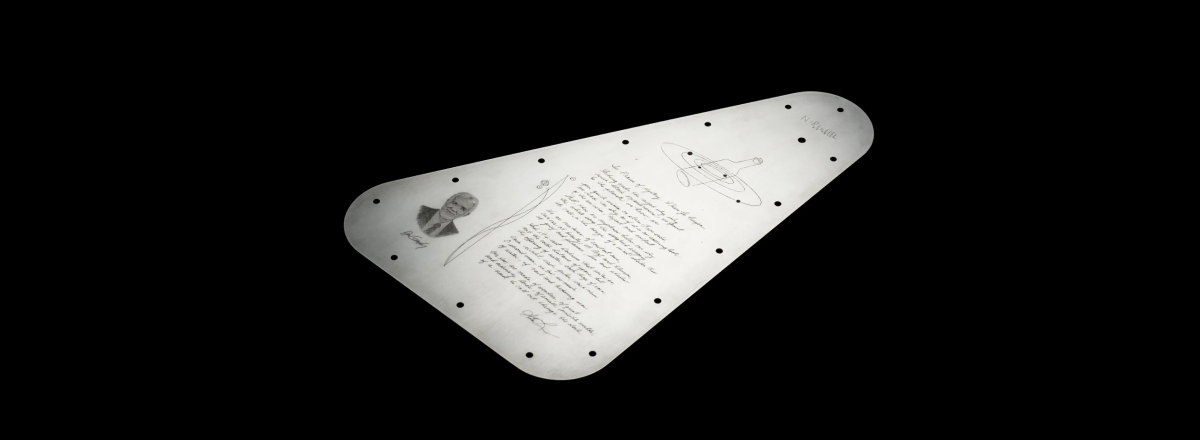NASA's Europa Clipper to Carry Humanity's Message to Jupiter's Moon
This initiative seeks traces of extraterrestrial life on Europa, an icy moon believed to harbor a vast ocean beneath its crust, presenting conditions potentially suitable for life.

In a blend of exploration and symbolic outreach, NASA's Europa Clipper mission, launching in October, embarks on a journey to Jupiter’s moon Europa, not just with scientific instruments but with a poignant "message in a bottle." This initiative seeks traces of extraterrestrial life on Europa, an icy moon believed to harbor a vast ocean beneath its crust, presenting conditions potentially suitable for life.
The Clipper carries a tantalum plate, engraved with a poem by Ada Limón, "In Praise of Mystery: A Poem for Europa," a portrait of pioneering planetary scientist Ron Greeley, a depiction symbolizing interstellar communication frequencies, and the Drake Equation—used to estimate the number of communicable civilizations in our galaxy. The plate's flip side showcases the word "water" in 103 languages and a sign language symbol, emphasizing the universal significance of water for life.
Additionally, the mission includes a microchip inscribed with over 2.6 million names from the public, reinforcing the human connection to this exploratory venture. This campaign, while symbolic, underscores our quest for knowledge and the unity in our search for life beyond Earth.
Europa Clipper's mission, arriving at Jupiter in 2030, aims to scrutinize Europa’s subsurface ocean, ice crust, and potential for habitability.

